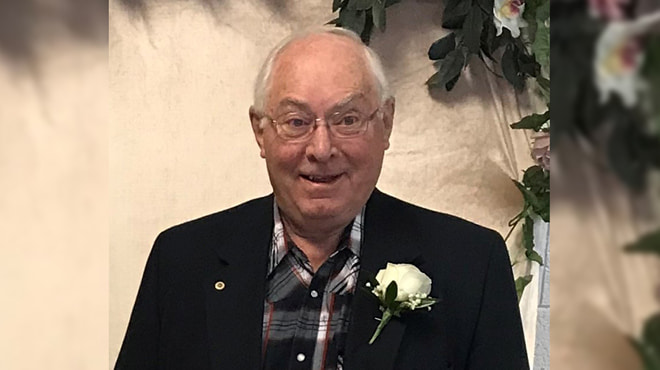With stroke, time is survival

What happened to my arm? Why can't I walk right? What's wrong with my mom's face? It's drooping on one side, and her words don't make sense.
Stroke affects someone about every 40 seconds in the U.S. Suddenly, life is changed.
Stroke occurs when your brain isn't getting enough blood flow, which deprives brain cells of oxygen. That decreased blood flow can be from bleeding in the brain or blockage of the arteries supply blood to your brain. Without oxygen, brain cells lose function. If the situation isn't quickly corrected, it can cause cell death and permanent disability.
That's why it's essential to know the common warning signs of a stroke. If you see the signs, it's time to call 911.
Stroke symptoms come on suddenly, and there's an acronym to make it easy to recognize and act on these symptoms. Think FAST:
- Face — Ask the person to smile. Does one side of the face droop?
- Arms — Ask the person to lift both arms. Does one arm drift downward, or is the person unable to raise one arm?
- Speech — Ask the person to repeat a simple or common phrase. Is the person's speech slurred or strange-sounding?
- Time — If you notice any of these signs, call 911, because after 4½ hours, treatment options quickly evaporate.
Women and stroke
Women of all ages should pay more attention to the risk of stroke than men. In the U.S., about 55,000 more women than men have a stroke each year. While stroke is the fifth-leading cause of death for men, it is the third-leading cause of death for women. As the population ages, these trends are likely to continue to rise.
Men and women share many of the same risk factors for stroke, but women have sex-specific risk factors, including pregnancy, use of oral contraceptives and hormonal therapy. About 3 out of 10,000 pregnant women will have a stroke during pregnancy, compared to 2 out of 10,000 women who are not pregnant. Women on oral contraceptives who also have high blood pressure double their risk for stroke. Preeclampsia, which is elevated blood pressure during pregnancy, doubles the risk of stroke later in life, even once blood pressure returns to normal after delivery.
Stroke risk factors
Factors that increase the risk of stroke include:
- A personal or family history of stroke or heart attack
- Being over age 55
- Being overweight or obese
- Certain irregular heart rhythms
- Diabetes
- High blood pressure
- High cholesterol
- Physical inactivity
- Smoking
In addition, some risk factors for stroke are more common in women than they are in men, including:
- Migraines with aura — a type of headache accompanied by distortions in vision and hearing
- Cerebral vein thrombosis — blood clot formations in the brain
- Atrial fibrillation — an irregular and often rapid heart rate
The signs of stroke are the same for women and men, including:
- Sudden numbness or weakness of the face, arm or leg, especially on one side of the body
- Sudden confusion, trouble speaking or understanding
- Sudden trouble seeing or blurred vision in one or both eyes
- Sudden trouble walking, dizziness, loss of balance or coordination
- Sudden severe headache with no known cause
Stroke treatment
It's worth repeating: If you have the symptoms of a stroke — think FAST — call 911 and get to a hospital emergency department immediately. Some treatment options are available only if you quickly get medical attention. Treatment will depend on time of symptom onset, whether you take blood thinners, and whether your stroke is from brain bleeding, or narrowed or blocked arteries. If your stroke results from bleeding in your brain, neurosurgical procedures may be done to help improve your recovery.
If the stroke is the result of a narrowed or blocked artery, you may receive clot-busting medications or undergo a procedure to remove the blood clot.
Beyond the obvious
The onset of depression is triggered in more than half of people who experience a stroke. In addition to changing family dynamics, a stroke also can cause less obvious changes. Get physical and emotional care if you or someone you know has had a stroke, and speak to a health care professional about any questions or concerns.
For yourself, your family and everyone else you care about, take time to know the symptoms of a stroke — think FAST. Encourage others to become aware, and learn about your personal risk factors. That way, if or when we meet, it's less likely to be in the Emergency Department.
Felix Chukwudelunzu, M.D., is a neurologist in Eau Claire, Wisconsin.




